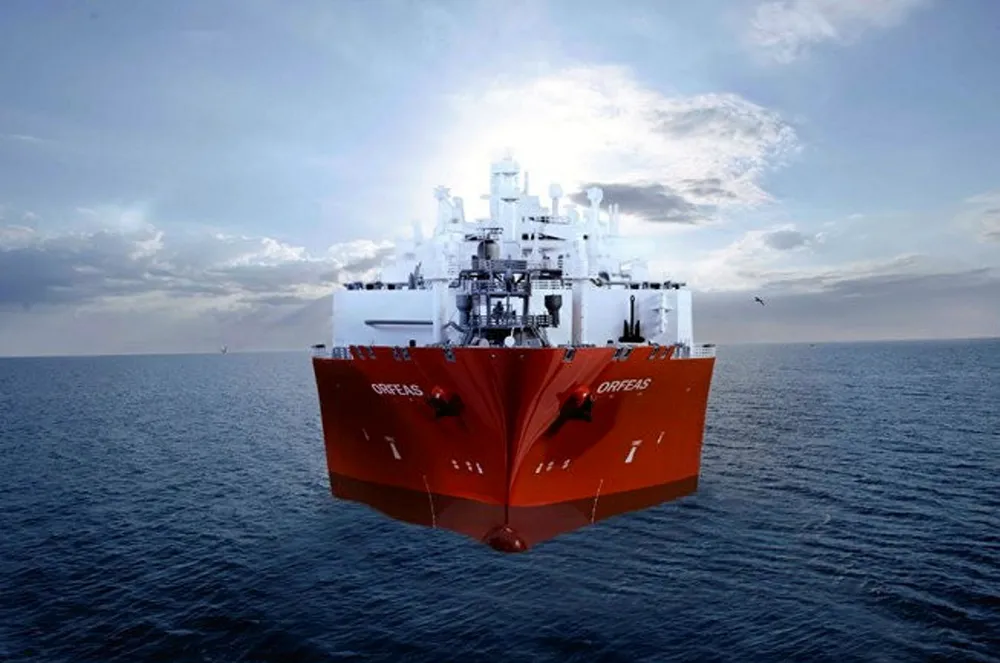EU warned of LNG supply gap risk as deals fail to match import capacity investment
Industry sources see risks of LNG volume gap in Europe as countries build FSRU capacity but shy away from long-term contracts

Industry sources see risks of LNG volume gap in Europe as countries build FSRU capacity but shy away from long-term contracts
